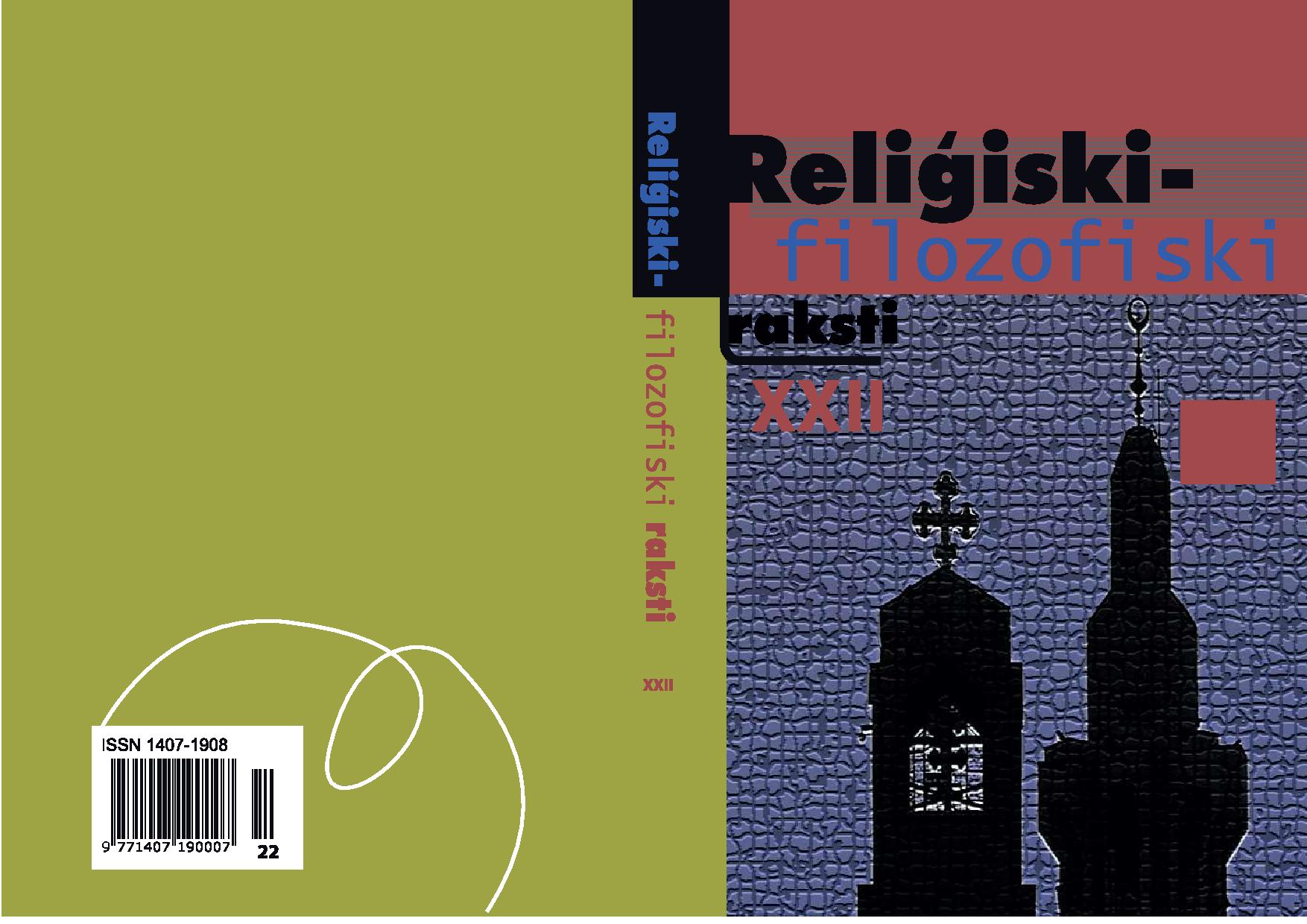"Tibetas dzīvo un mirušo grāmatas" Geb "Bardo thodzol")
nosaukuma semantiskie un vēsturiskie aspekti
Semantic and historical aspects of the name of the
"Tibetan Book of Living and Dying" (or "Bardo thodzol")
Author(s): Agita BaltgalveSubject(s): Theology and Religion, Semantics
Published by: Latvijas Universitātes Filozofijas un socioloģijas institūts
Keywords: Tibetan Book of Living and Dying; semantics; The Profaund Dharma of the Natural Liberation through Contemplating the Peaceful and Wrathful Deities;
Summary/Abstract: This article deals with the classical text cycle ofTibetan religious practice "The Profaund Dharma of the Natural Liberation through Contemplating the Peaceful and Wrathful Deities"that was written down in the 14th centuary, explaining phenomena of the death moment, as well as the period of existence after the death. The title of the text is a topical problem, because in Western society, already starting with the first translations, this book is known with a completely different name ( "Tibetan Book of Living and Dyingj, thus creating quite another perception and approach than in Tibetan culture. Alongside with the analyses of the title of the text,the article also traces back to the historical emergence of dying rituals and afterlife theory in ancient India and Tibet.
Journal: Religiski-filozofiski raksti
- Issue Year: XXII/2017
- Issue No: 1
- Page Range: 129-141
- Page Count: 13
- Language: Latvian

